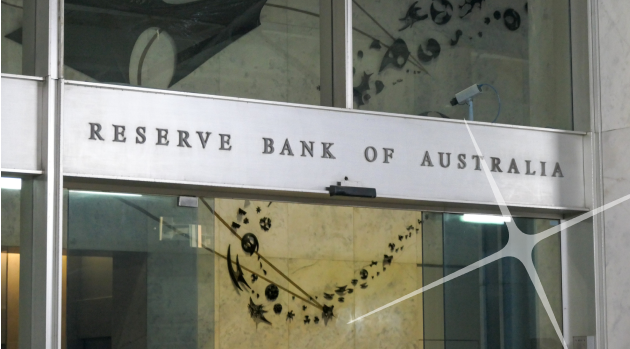
The Reserve Bank of Australia’s (RBA) decision to raise the cash rate to 4.35% is a significant monetary policy adjustment, the highest level since November 2011, aiming to curb inflation which remains persistently high, especially in the services sector.
Here’s a synthesis of the potential impacts on jobs and the broader Australian economy based on available commentary and analysis:
- Labour Market: While the economy is experiencing below-trend growth, it has been stronger than expected, with the labour market remaining tight. Employment growth is expected to be slower than the labour force growth, leading to a gradual rise in the unemployment rate to around 4.25%, which is a more moderate increase than previously forecast.
- Housing Market and Consumption: Higher interest rates will likely impact mortgage holders, with some households facing financial stress, which could weaken household consumption growth and dwelling investment. A survey indicated that 57% of mortgage holders would be under financial stress if rates hit 6% or higher, suggesting that consumer spending might be curtailed as more income is diverted to servicing debt.
- Business and Economic Growth: Businesses, especially those struggling, might face challenges as borrowing costs increase, which can affect their ability to invest and expand. This, in turn, could impact job creation. Moreover, high inflation is eroding real incomes, which can dampen consumer spending, a major driver of economic growth.
- Policy Implications: The RBA is committed to ensuring inflation returns to its target range, suggesting that monetary policy could tighten further. This would likely have a cooling effect on the economy, which may lead to a more challenging environment for job growth and retention.
- Debates on Future Path: Economists are divided on the future trajectory of the cash rate, with some predicting further hikes and others suggesting potential cuts if the economy weakens. This uncertainty adds to the complexity of predicting the precise impact on jobs.
In conclusion, the RBA’s rate hike is part of its strategy to control inflation, which is expected to ease but remain above the target range for some time. The central bank is prepared to further tighten policy if necessary, which could lead to slower employment growth and potential challenges for certain sectors of the economy. There’s a delicate balance to be struck between managing inflation and supporting economic growth, with the RBA closely monitoring various economic indicators to guide future policy decisions.
Source:
https://www.rba.gov.au/media-releases/2023/mr-23-30.html
https://bnn.network/world/australia/rba-hikes-cash-rate-to-4-35-impact-and-predictions/

Leave a Comment
We’d love to hear from you! Share your thoughts or ask a question in the form below.